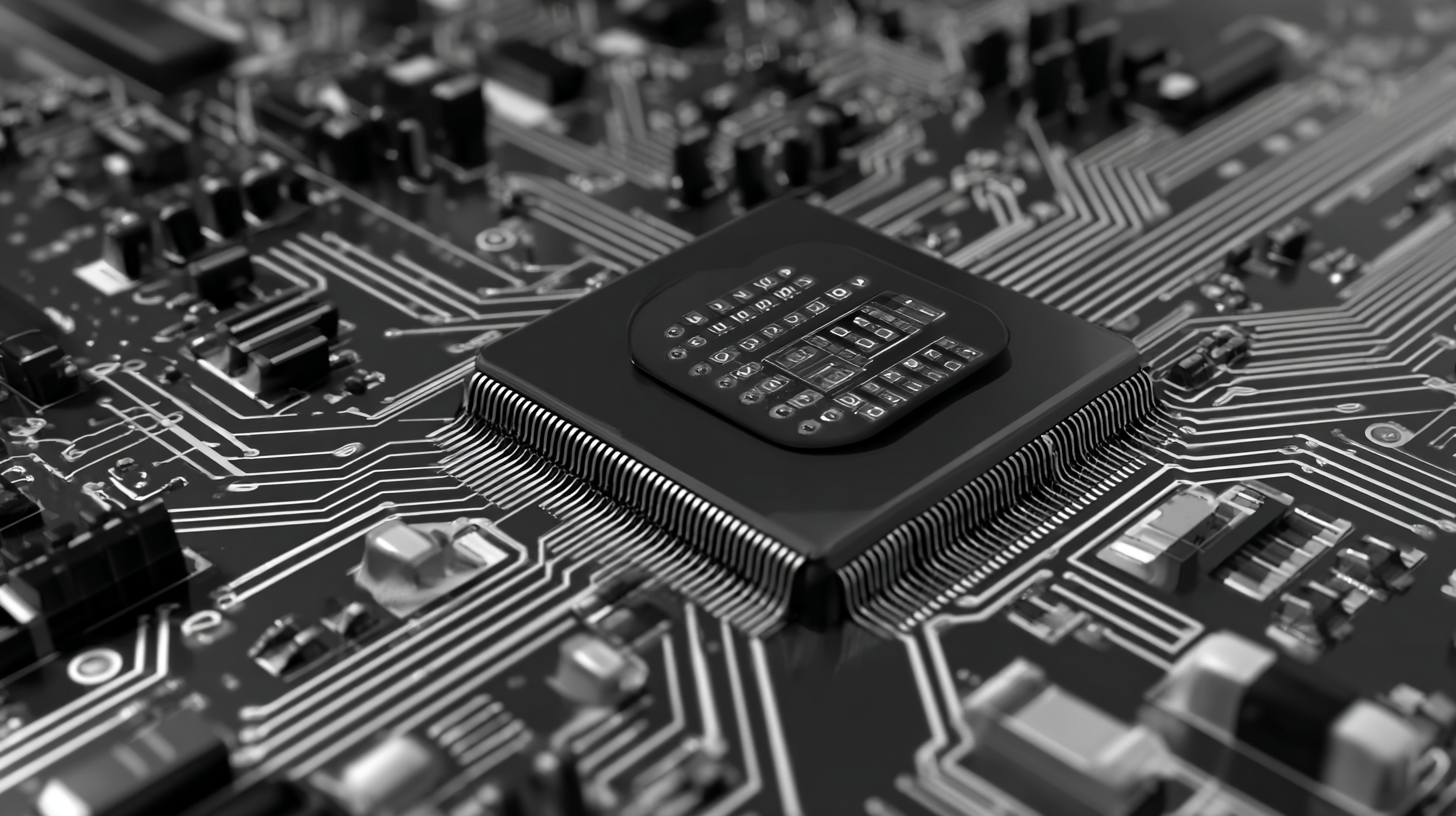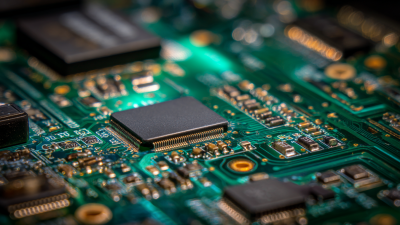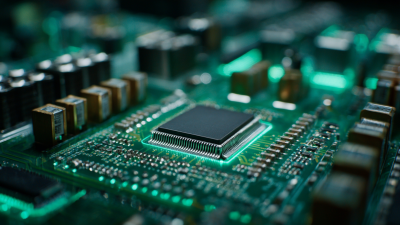What is Circuit Board Design and How to Get Started with It
In the ever-evolving realm of technology, circuit board design stands as a cornerstone of innovation, bridging the gap between mechanical and electrical engineering. As the foundation of virtually all electronic devices, from simple gadgets to complex machines, circuit board design is an essential skill that empowers designers to create functional and efficient systems. This introductory guide aims to illuminate the key principles and practices involved in circuit board design, helping aspiring engineers and hobbyists alike gain a solid understanding of this critical area.
As we delve into the intricacies of circuit board design, we will explore the various types of circuit boards, the tools and software used in the design process, and the fundamental concepts that underpin successful board layout and functionality. Whether you are a student looking to enhance your technical skills, a professional seeking to expand your expertise, or simply a tech enthusiast eager to learn more, this guide will provide valuable insights into how to embark on your journey in circuit board design. Join us as we navigate this exciting field and uncover the endless possibilities that await in the world of electronics.

Understanding the Fundamentals of Circuit Board Design in 2025
Circuit board design has evolved significantly over the years, and understanding its fundamentals in 2025 is crucial for anyone looking to enter the electronics field. As reported by the Electronics Industry Association, the global PCB market is projected to reach $80 billion by 2025, with advancements in technology driving demand for more sophisticated and compact designs. Key trends include increased integration of components, the rise of flexible circuit boards, and the growing importance of sustainable manufacturing practices, all of which highlight the necessity for designers to stay current with industry innovations.
To get started in circuit board design, aspiring designers should focus on mastering essential software tools like Altium Designer and Eagle, which are widely used in the industry. Additionally, learning the basics of electrical engineering can provide a solid foundation; resources from organizations like IEEE emphasize the importance of understanding circuit theory and component behavior.
Tips for beginners include starting with small projects to build confidence and gaining hands-on experience through prototyping. Engaging with online communities and forums enables designers to seek feedback and learn from seasoned professionals. Incorporating simulation tools can also enhance design accuracy, allowing for virtual testing before physical production.

Essential Tools and Software for Circuit Board Design Beginners
When starting with circuit board design, having the right tools and software is crucial for beginners to navigate the complexities of PCB creation. A reliable software platform can simplify the design process, allowing users to create schematics and layouts efficiently. Popular software options include Eagle, KiCad, and Altium Designer, each with unique features suitable for different levels of expertise and project demands. KiCad, for example, is open-source and provides a comprehensive suite of tools for beginners, while Altium Designer offers an advanced interface for more complex projects.
In addition to CAD software, beginners should consider investing in simulation tools such as LTspice or Multisim. These programs enable users to test circuit functionality before physical construction, identifying potential issues early in the design phase. Further, using a good set of hardware tools like an oscilloscope, multimeter, and soldering iron will facilitate practical learning and experimentation. By employing these essential tools and software, aspiring circuit board designers can develop their skills and build functional electronic projects with confidence.
What is Circuit Board Design and How to Get Started with It
| Tool/Software | Type | Platforms | Price | Beginner-Friendly |
|---|---|---|---|---|
| KiCad | Open Source | Windows, macOS, Linux | Free | Yes |
| Eagle | Proprietary | Windows, macOS | Starts at $15/month | Yes |
| Altium Designer | Proprietary | Windows | Starts at $9000 | No |
| EasyEDA | Web-based | Browser | Free with Premium options | Yes |
| Fritzing | Open Source | Windows, macOS, Linux | Free | Yes |
Step-by-Step Guide to Creating Your First Circuit Board
Circuit board design is an essential skill for those looking to develop electronic products, and getting started can seem daunting. However, by following a systematic approach, you can create your first circuit board with relative ease. The initial step involves learning the basics of electronic components and schematic design. According to a recent industry report by Market Research Future, the global PCB market is expected to reach $82.21 billion by 2025, highlighting the increasing demand and opportunities in this field.
Once you grasp the basics, the next step is to use design software like Eagle or KiCad. These platforms provide tools to create schematics and layout your circuit board effectively. A study from IPC, the global trade association for the electronics industry, indicates that using advanced PCB design tools can reduce design time by up to 50%, which is crucial for both novice and professional designers. After laying out your board, the final steps involve prototyping and testing to ensure functionality. Engaging in continuous learning and utilizing online resources can further enhance your design skills, positioning you for success in the booming electronics market.

Common Challenges in Circuit Board Design and Effective Solutions
Circuit board design is a complex process that often presents various challenges, particularly for beginners. One of the most common issues is the difficulty in translating a conceptual design into a physical layout. Designers may struggle with component placement, leading to routing problems and interference. To address this, using advanced design software can simplify the layout process, providing visual guidance and automated routing features that help maintain optimum performance.
Another significant challenge is thermal management. Overheating can lead to component failure and reduced lifespan of the circuit board. Effective solutions include incorporating proper heat sinks, using thermal vias, or selecting components with better thermal characteristics. Additionally, conducting thermal simulations early in the design phase allows engineers to identify potential hotspots and take corrective measures before production.
Finally, maintaining signal integrity is crucial, especially in high-speed designs. Issues such as crosstalk and electromagnetic interference can seriously affect performance. To counteract these problems, careful attention to trace width and spacing is essential, along with implementing proper grounding techniques. By understanding these common challenges and applying effective solutions, designers can create reliable, high-performance circuit boards.
Circuit Board Design Challenges
Best Practices for Testing and Prototyping Your Circuit Board Design
Testing and prototyping are crucial phases in circuit board design, ensuring that your product meets the required specifications and functions as intended. According to a report by MarketsandMarkets, the global market for PCB testing is projected to reach $28.5 billion by 2025, reflecting the increasing demand for quality assurance in electronic components. Using effective testing methods not only identifies issues early but also reduces costs associated with redesigns and delays.
When prototyping, utilizing software tools for simulation can provide insights into how your design will behave under various conditions. For instance, tools like Altium Designer or Eagle allow for real-time analysis, which can significantly streamline the development process.
**Tips:** Start with a small-scale prototype to validate your design before full-scale production. Additionally, embrace iterative testing—making incremental changes and testing each version can yield better results than attempting to perfect the entire design on the first try. Prioritize components that are critical to your circuit’s performance and thoroughly test their interactions.
Related Posts
-

Unlocking Innovation: The Future of Circuit Board Design in 2024 and Beyond
-

Revolutionizing Circuit Board Manufacturing: Innovative Techniques for Efficient Production
-

Understanding PCB Production: Essential Insights for Future Electronics Innovators
-

Exploring the Future of Electronics: How Flexible Printed Circuit Boards Will Revolutionize device Design in 2024
-

Unlocking the Future of Circuit Board Production with Sustainable Practices and Advanced Technologies
-

Understanding the Latest Innovations in PCB Manufacturing for Modern Electronics
